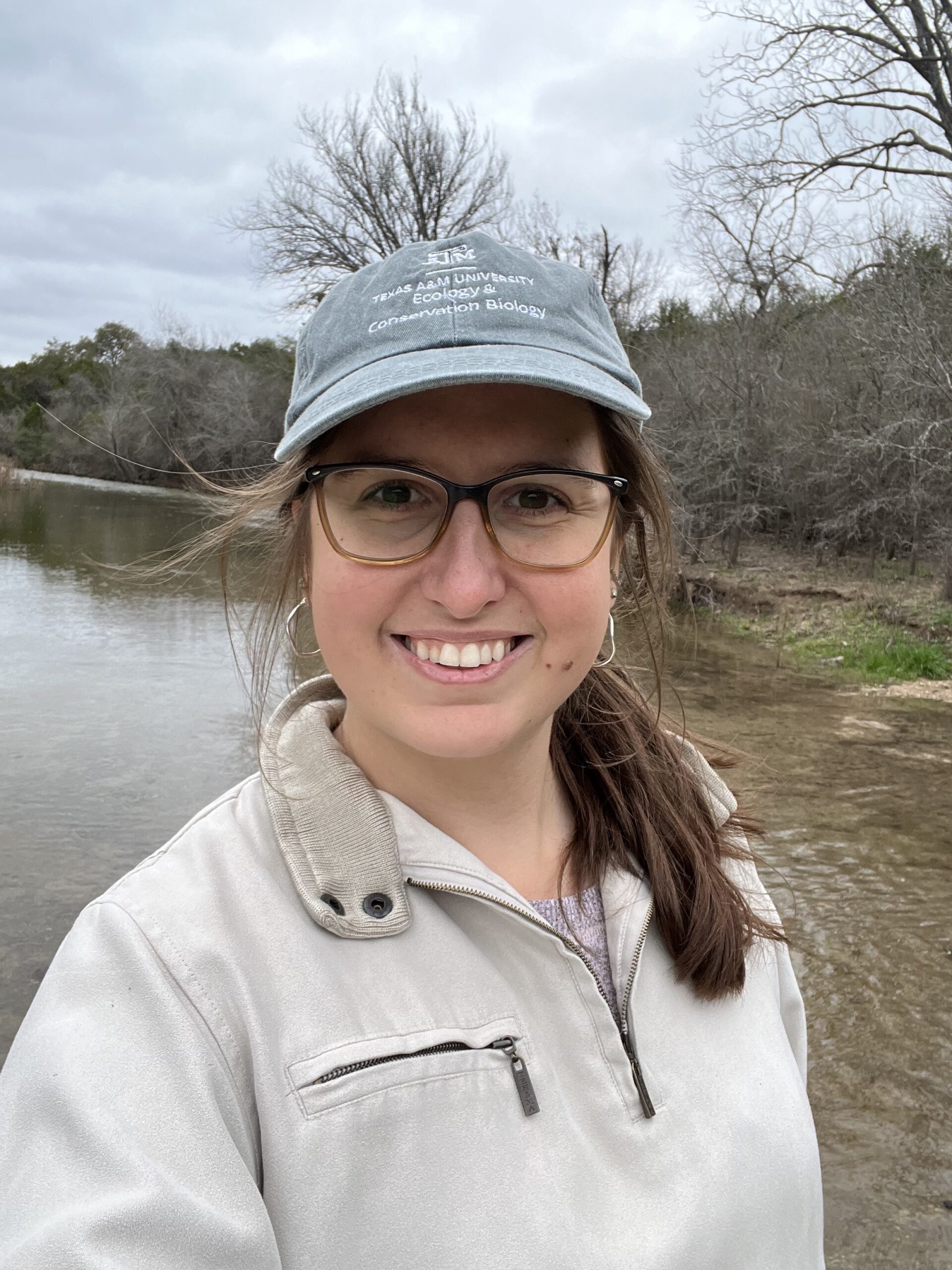
Through our wonderful partnership at Texas A&M University, who lead our efforts on Red Listing for the Americas, we are pleased to introduce you to one of the newer members of the team: Nicole Stevens. Hear from Nicole below:
Nicole Stevens
“I am currently a research assistant under Dr. Michelle Lawing at Texas A&M University and have been working closely with the Small Mammal Specialist Group. I passed the assessor training in May 2025 and now lead reassessments of small mammals in the Americas, primarily in Mexico. I draft the initial Red List assessment, create range maps, and meet with experts to finalize details and prepare assessments for publication. Through international collaborations, we define the current Red List status of each species and provide current information about population, ecology, and threats. This process has been incredibly rewarding, and I have really enjoyed learning more about each of these species.
So far, I have helped assess mice, rats, shrews, squirrels, a prairie dog, and an agouti and I have 30 draft assessments prepared in various stages of review. This has been an amazing opportunity to be a part of a global conservation network and provide up to date information about at-risk species. Insight into the assessment process has also been very useful for my PhD dissertation, as one of my projects utilizes Red List data to analyze the global impacts of invasive species on native lizards.
The remainder of my PhD research focuses on interactions between introduced mammals and native lizard species in the Caribbean, and mechanisms for improving coexistence. I am incredibly grateful to the SMSG team and to have had this opportunity to learn, connect with experts, and contribute to global assessments!“
To find out more about Nicole’s research visit her ResearchGate page or check out Google Scholar.
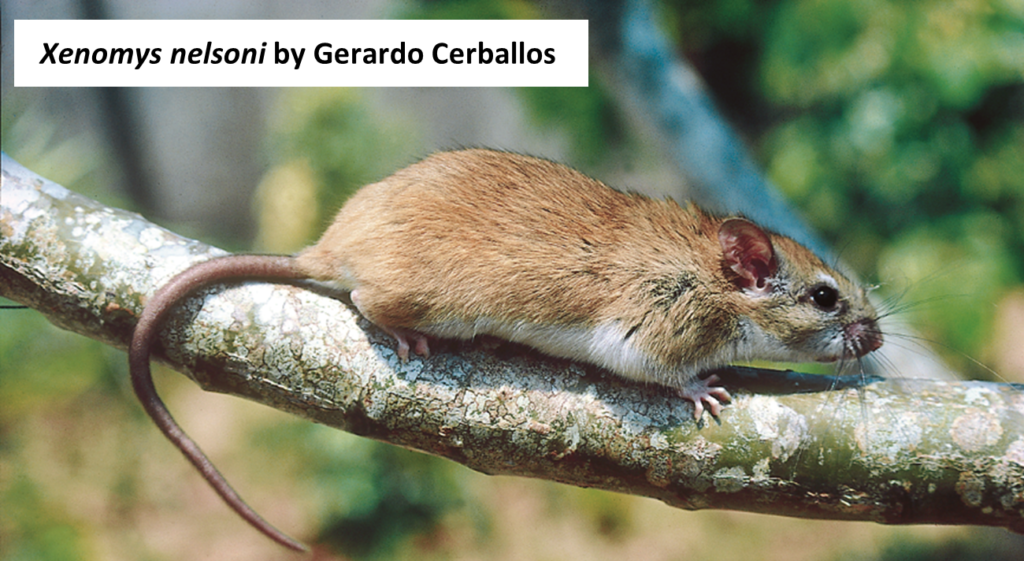
Xenomys nelsoni, one of the Mexican species recently updated on the Red List


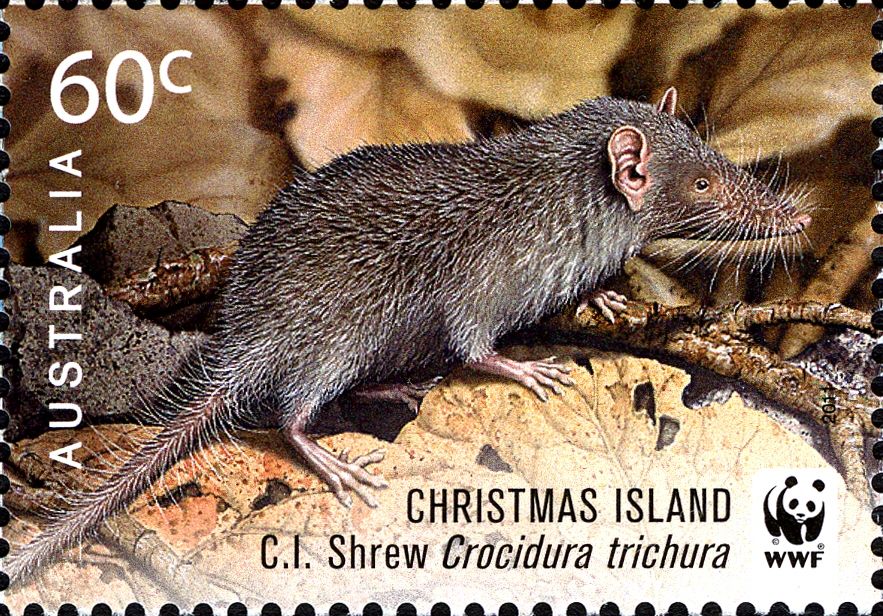
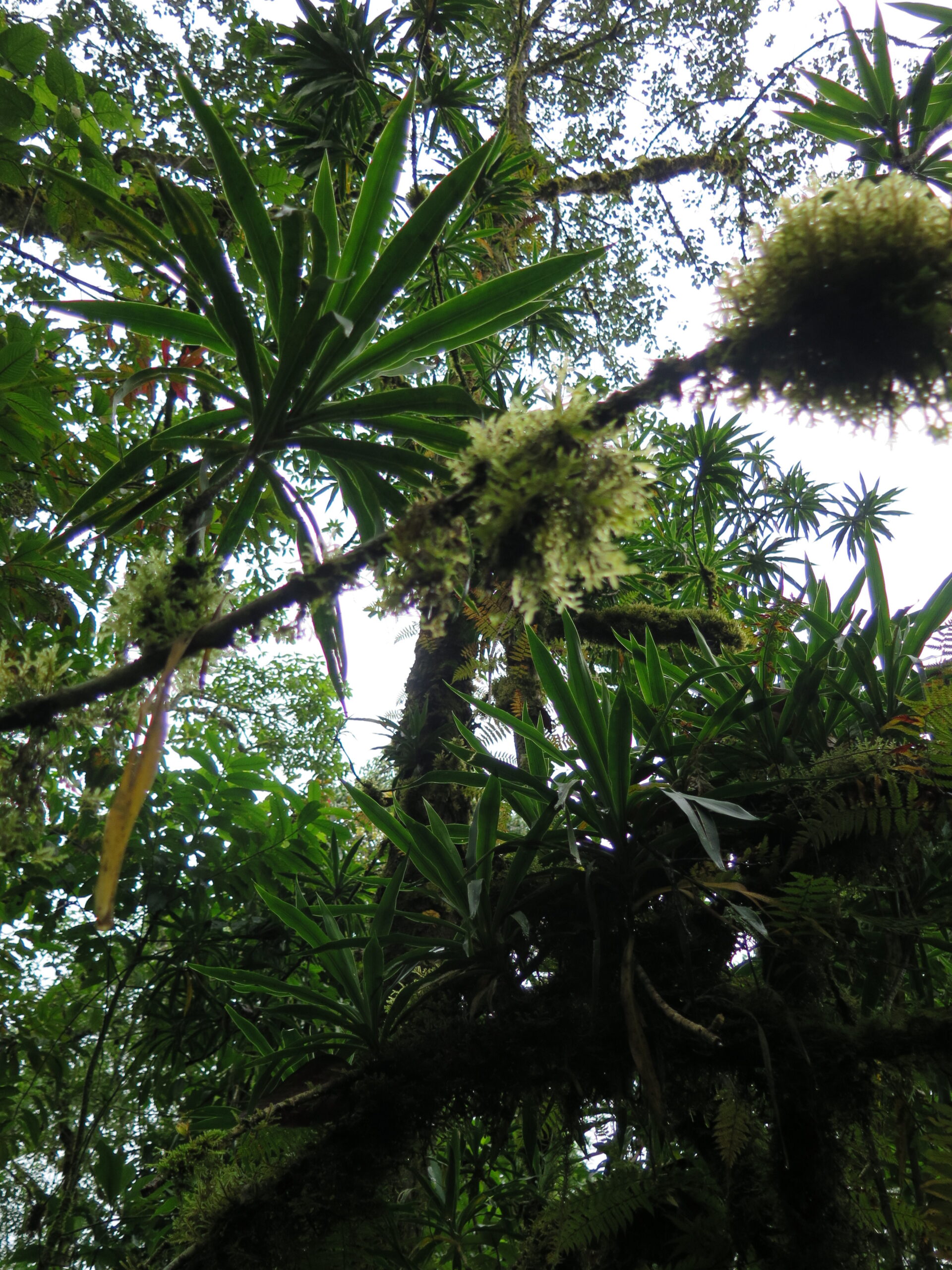
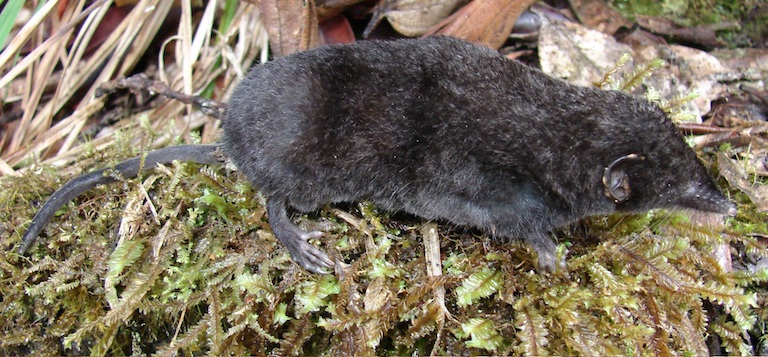
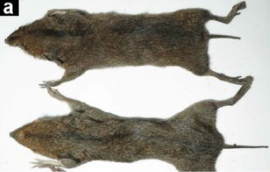

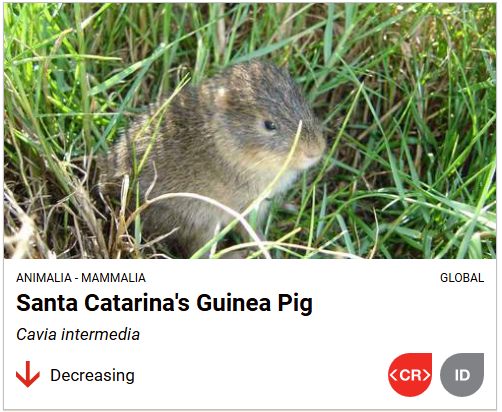
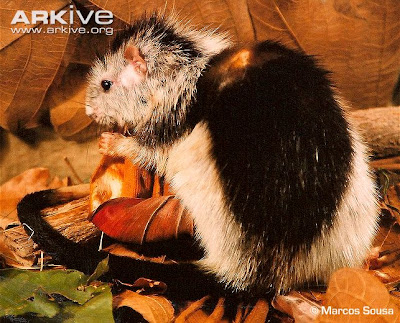
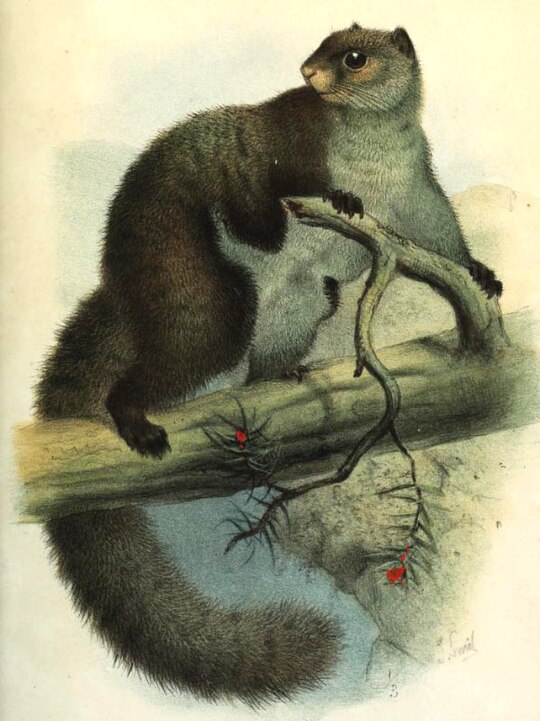
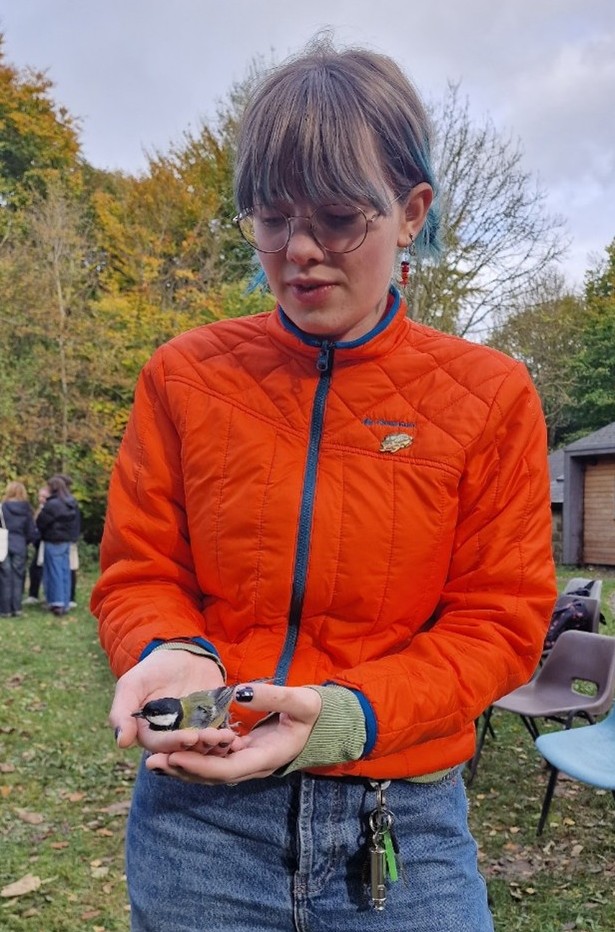
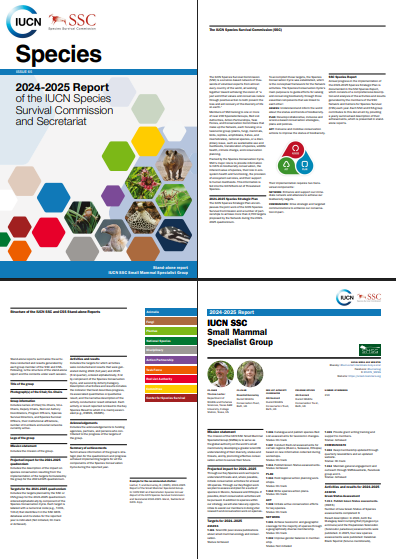

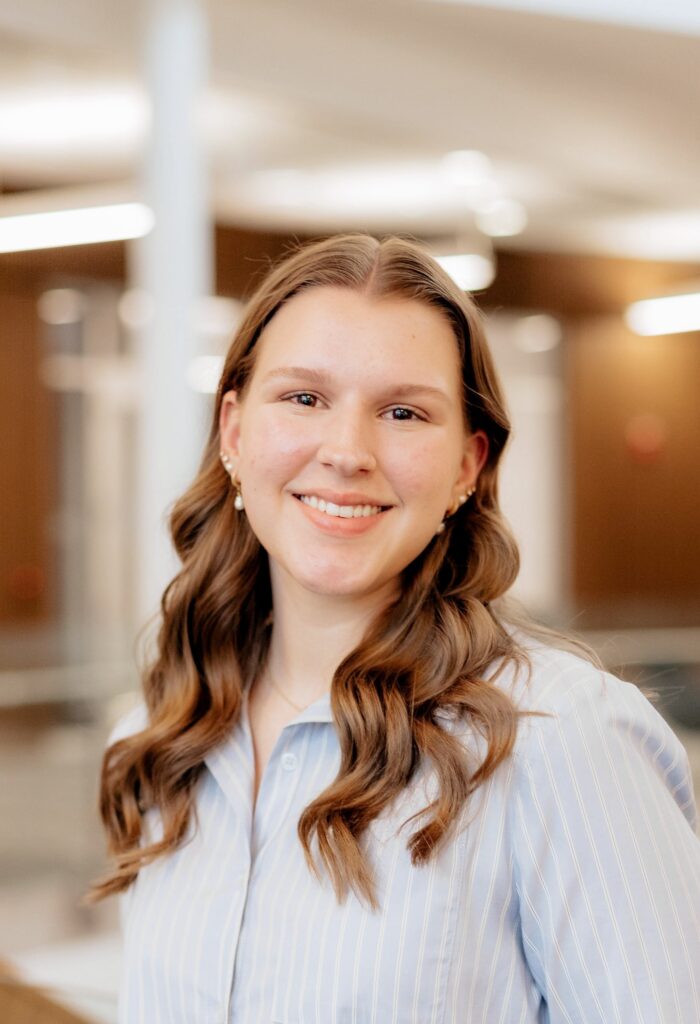
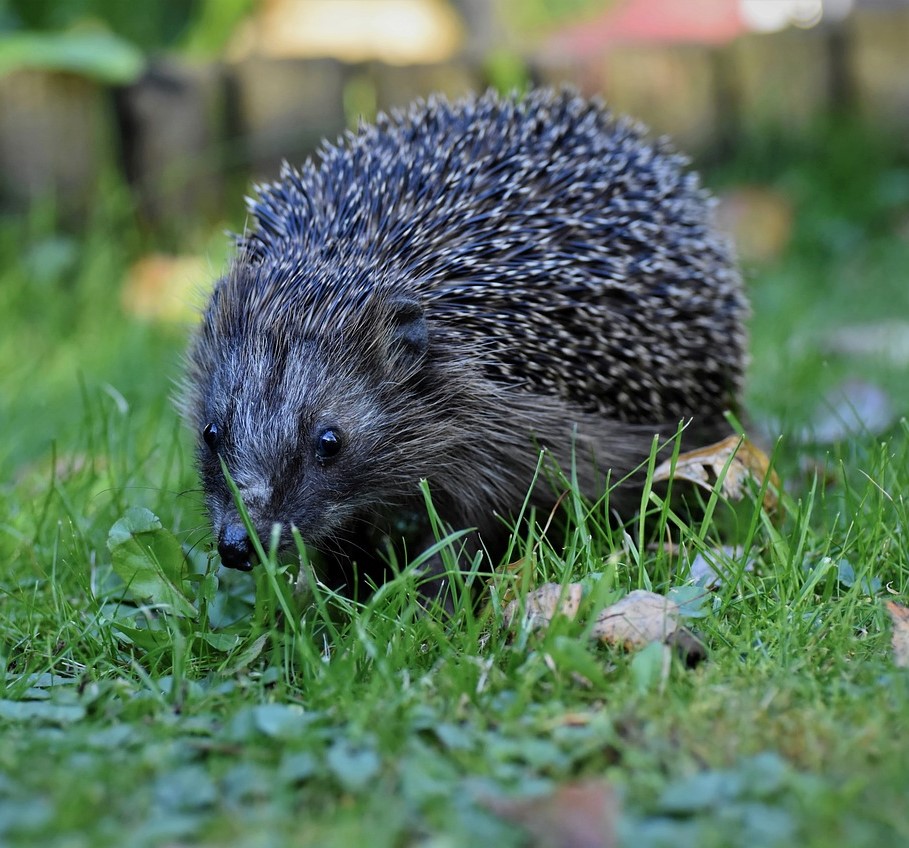
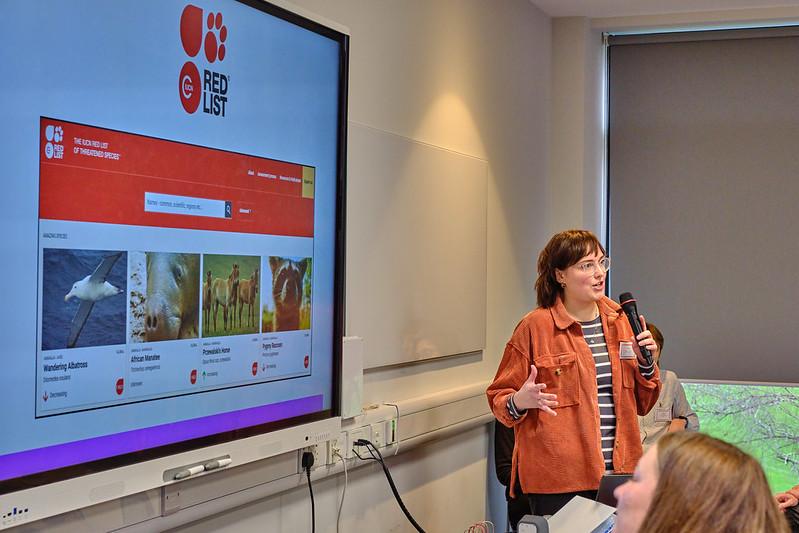



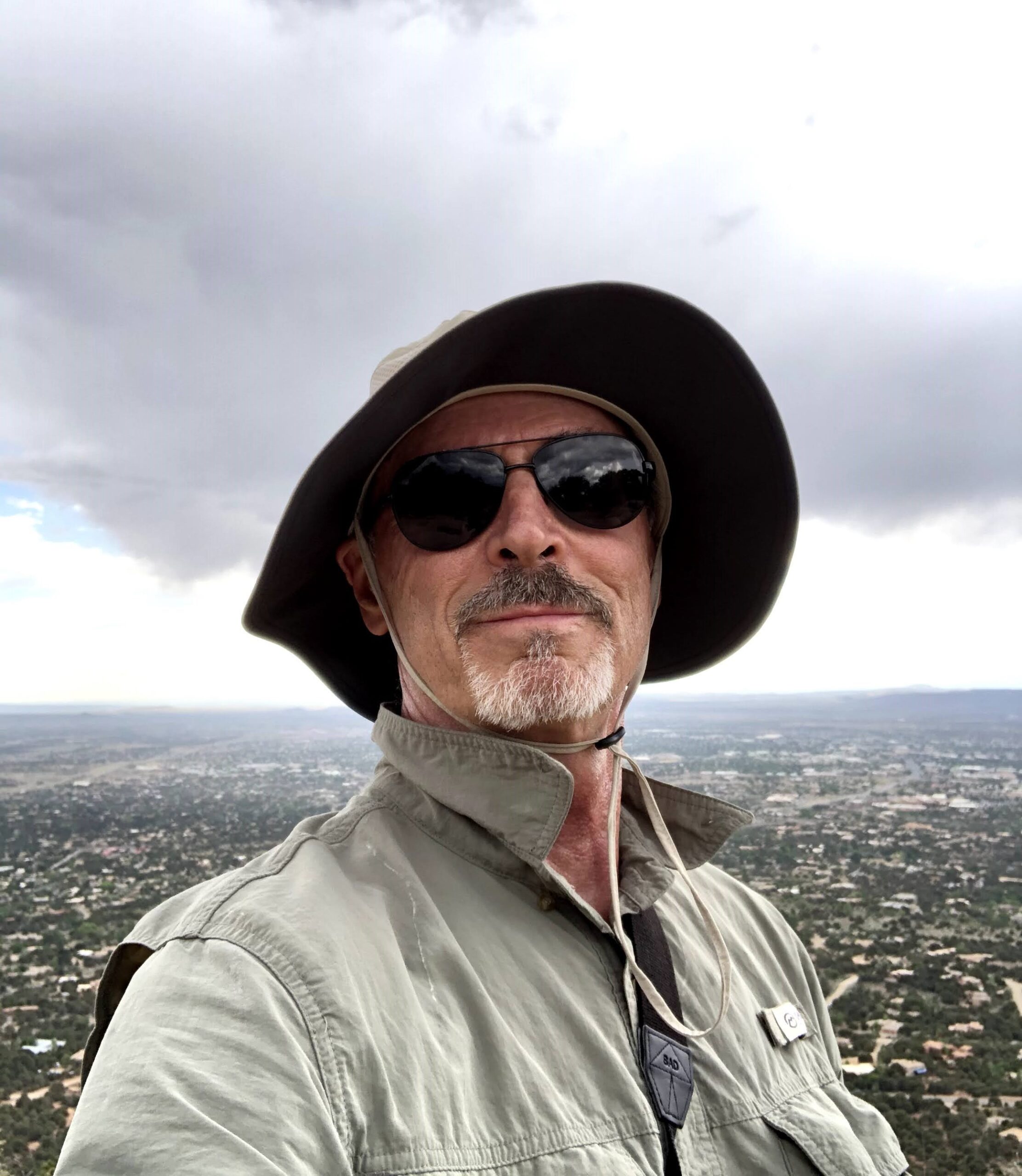
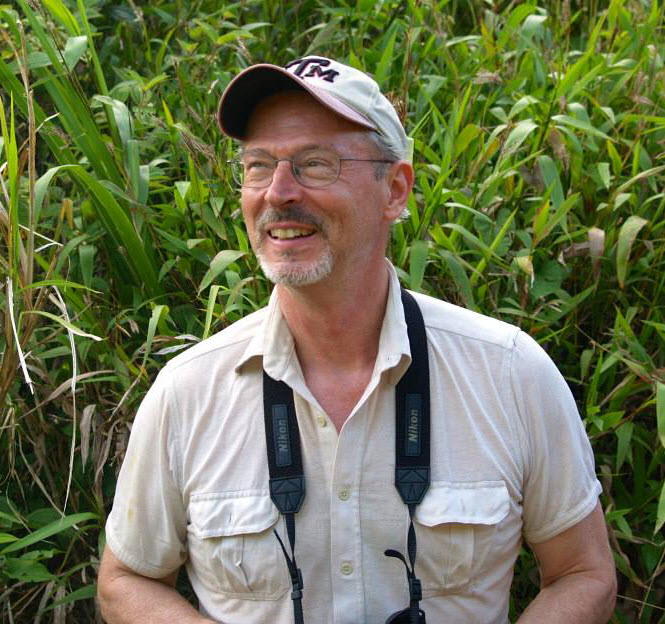




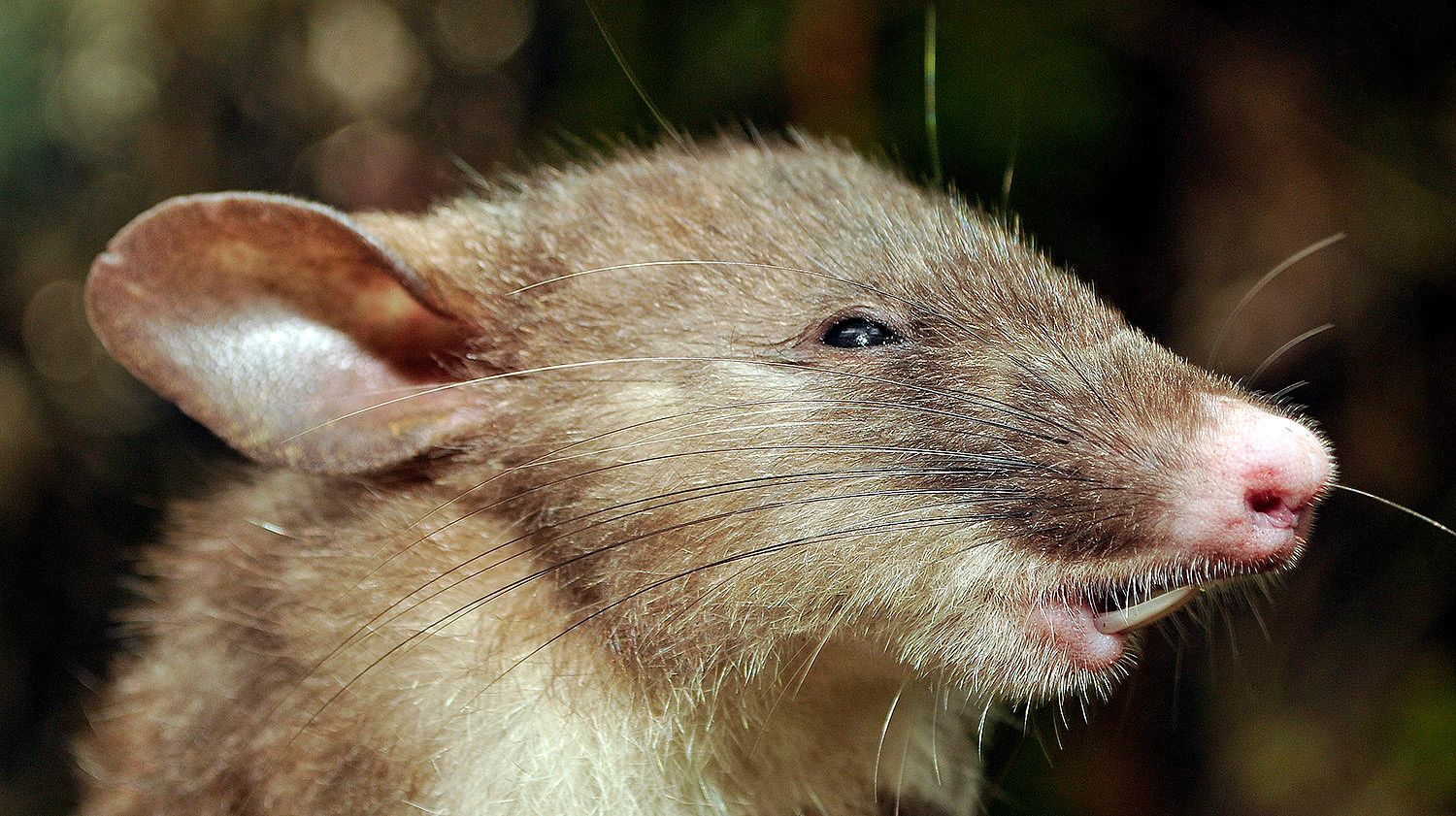
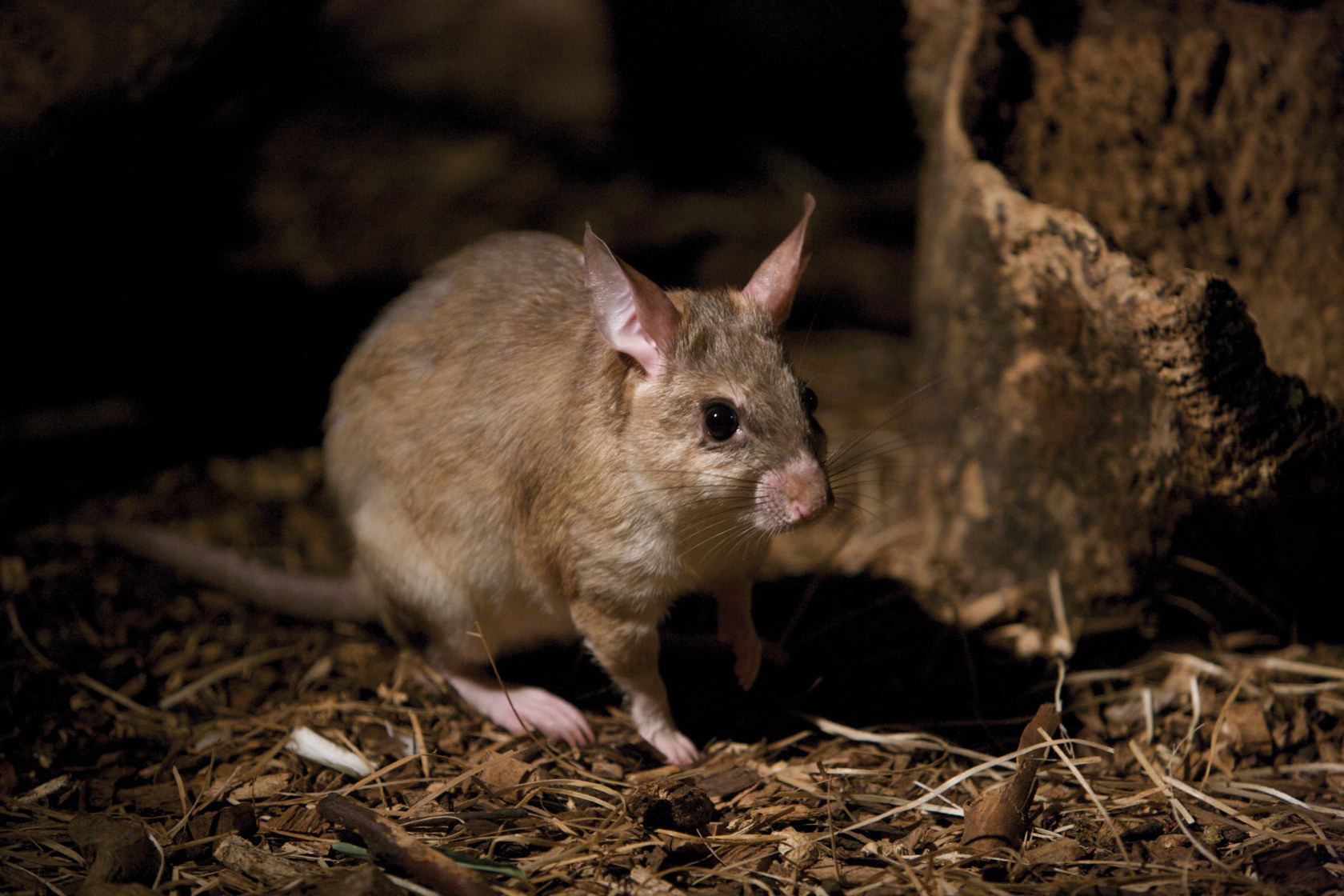

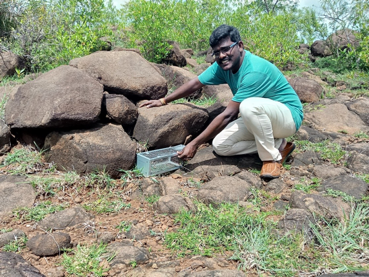
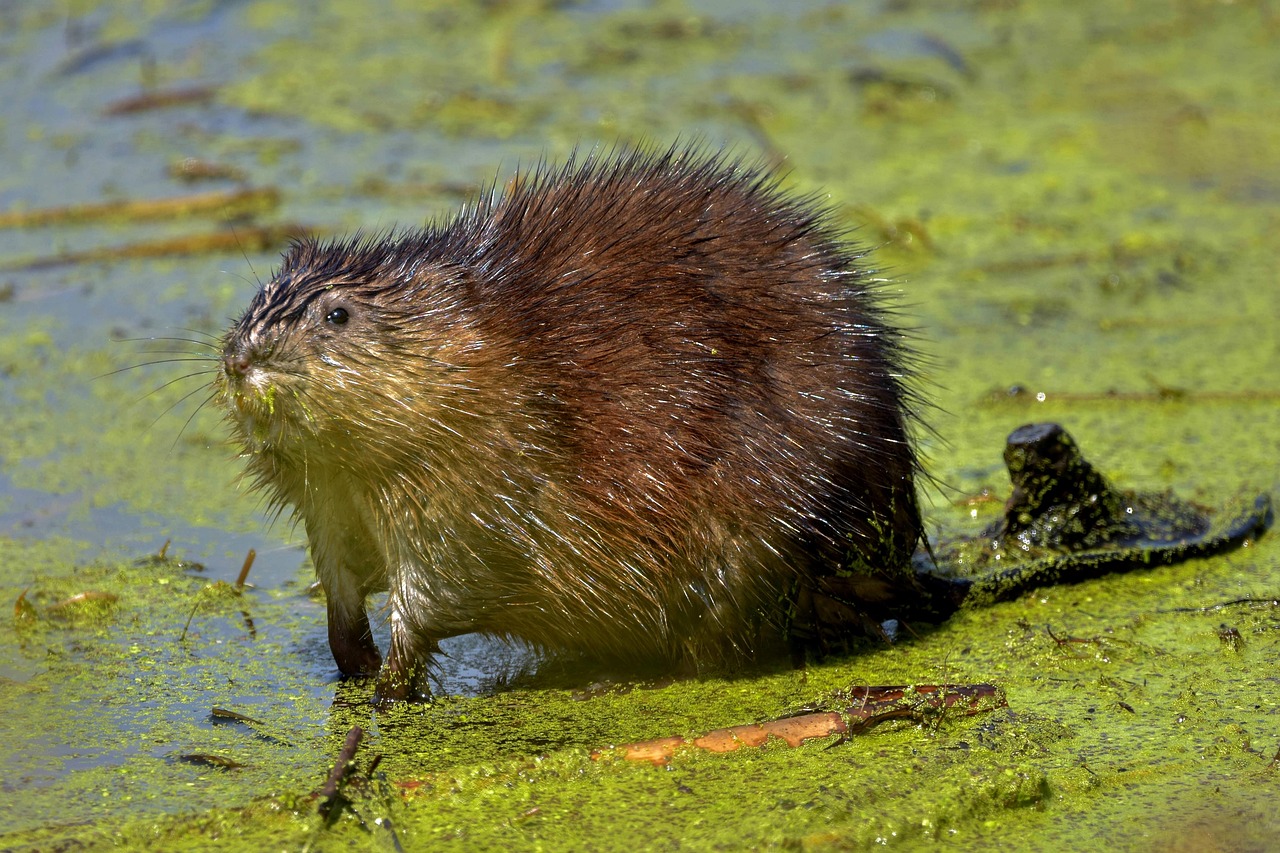
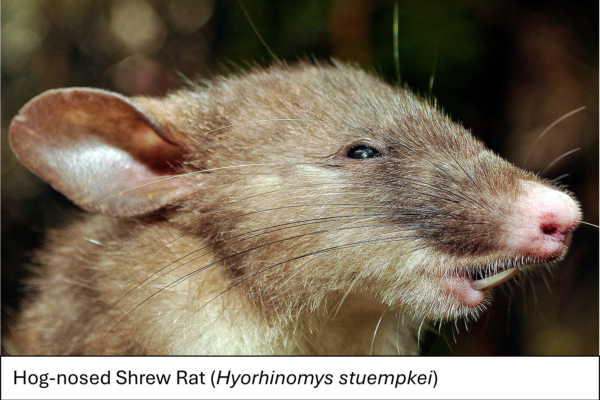
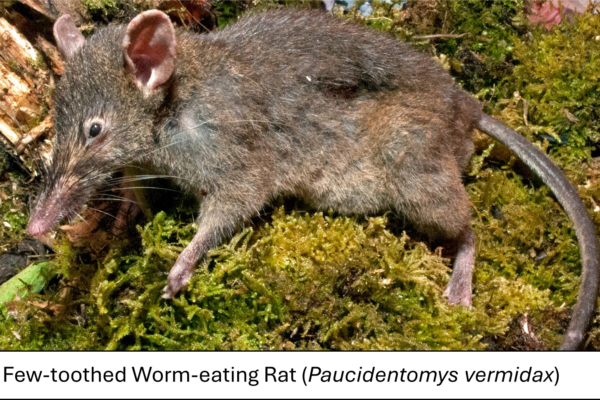
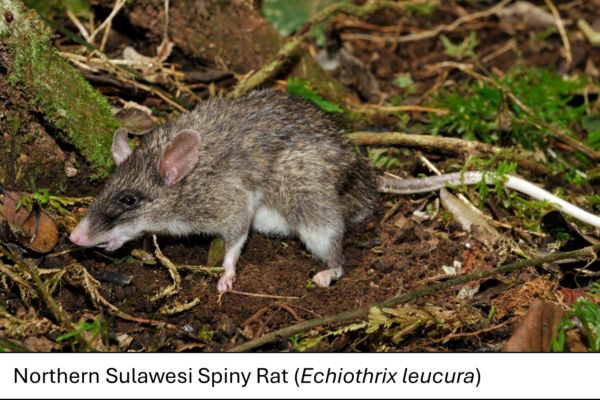







Recent Comments